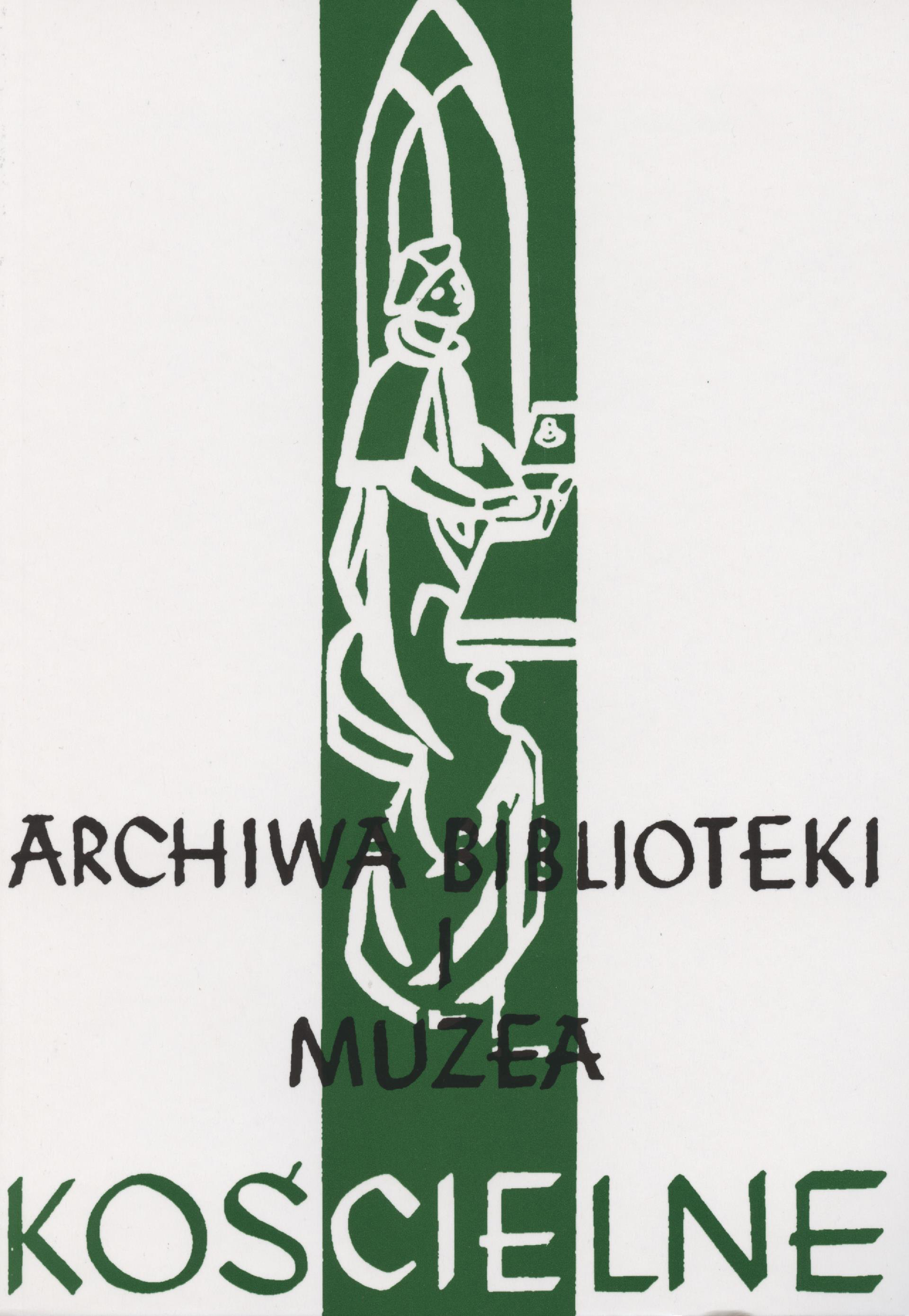Matejkowskie studia pieczęci przechowywanych w archiwum klasztornym w Mogile. Geneza
Matejko’s studies on seals kept in the monastery archives in Mogiła. Origin
Author(s): Barbara CicioraSubject(s): History, Language and Literature Studies, Fine Arts / Performing Arts, General Reference Works, Theology and Religion
Published by: Katolicki Uniwersytet Lubelski Jana Pawła II - Wydział Teologii
Keywords: Jan Matejko; drawing; stamp drawings; sphragistics; historical painting; 19th century collections
Summary/Abstract: Jan Matejko’s drawings depicting seals stored in the Archives of the Cistercian Monastery in Mogiła reflect the state of historical awareness, the cultural needs of Poles in the 19th century and the model of historicism developed in Galicia in the mid-19th century. They are a testimony to the Polish reception of 17th century erudite historiography, which, as a sign of local patriotism, ascribed value to the local heritage of material culture and included it in the concept of world history, and, in the 19th century, also in the concept of national and world history of civilisation. The analyses are based on historiographic, collectors’ and cultural views shaping the activities and artistic excellence of the historical painter in the 19th century. The views that might have affected Jan Matejko’s perception of the seal were highlighted. A key role in this process is played by the issues of broadening the semantic field of objects produced in the past centuries, which, at the beginning of the 19th century, were given the status of a souvenir and were willingly collected together, and which at the same time, like seals, constituted a source of historical knowledge understood in an erudite way, i.e. not only as a carrier of information about dates, characters and events, but also about clothes, militaries, material culture and customs, which in the 19th century became an object of interest for historical painters. Analyses of Jan Matejko’s drawings reveal the vastness of perception of single medieval seals also in terms of aesthetics, art and style, since the painter’s ultimate goal was not only to reconstruct the appearance of the seal, but also a historical reconstruction and historiosophical evaluation of the past. The differences between the inventory-oriented perception of seal images and the perception summing up the above mentioned determinants of the artist’s work with an artistic, individualised type of his creative expression have been emphasized, which in the case of Jan Matejko’s studies has additionally acquired the adopted of analytical research on seals as visual fragments of historical sources.
Journal: Archiwa, Biblioteki i Muzea Kościelne
- Issue Year: 2020
- Issue No: 113
- Page Range: 79-115
- Page Count: 37
- Language: Polish

